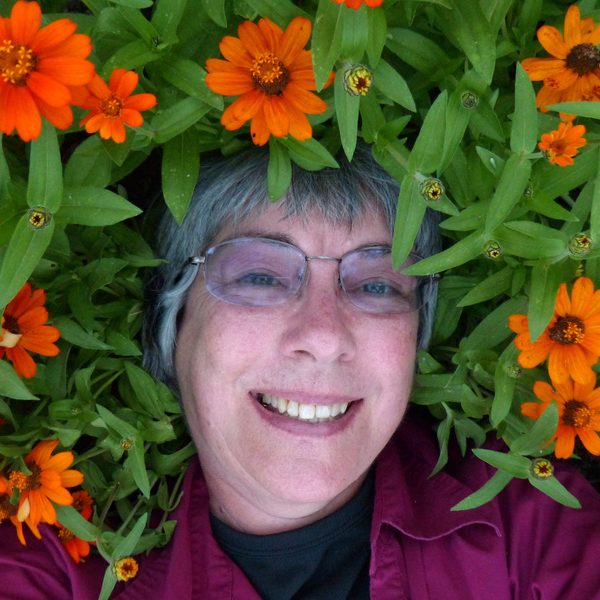
This field guide is just for fun!
Care of the natural world happens in more than the ten ways we’ve outlined here and many of these roles overlap. For example, many members of the conservation community who play other roles are also Nature Enthusiasts.
Everyone has a role in conservation! This guide is not an exhaustive list of all possible roles. If you would like to suggest another role, please send your ideas to office@marionswcd.net. And thank you for the role YOU play in the conservation community!
Conservation Community Roles
What’s Your Niche? Take the Quiz!
Take the Conservation Community Quiz to discover which role you play.
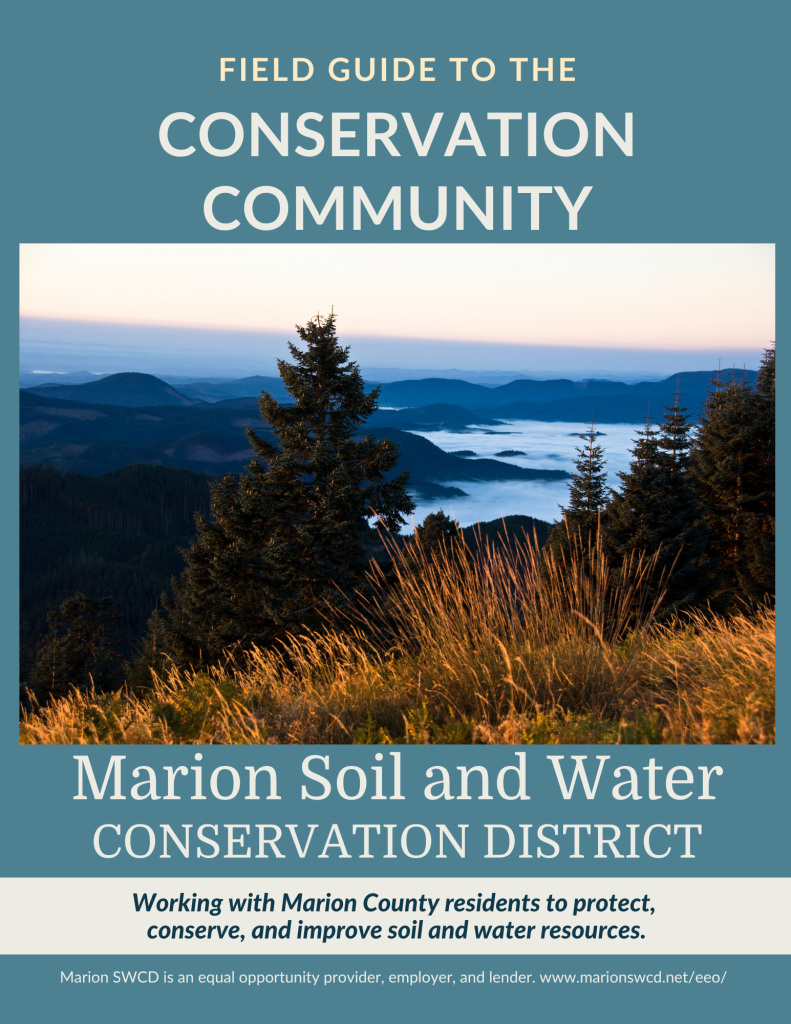
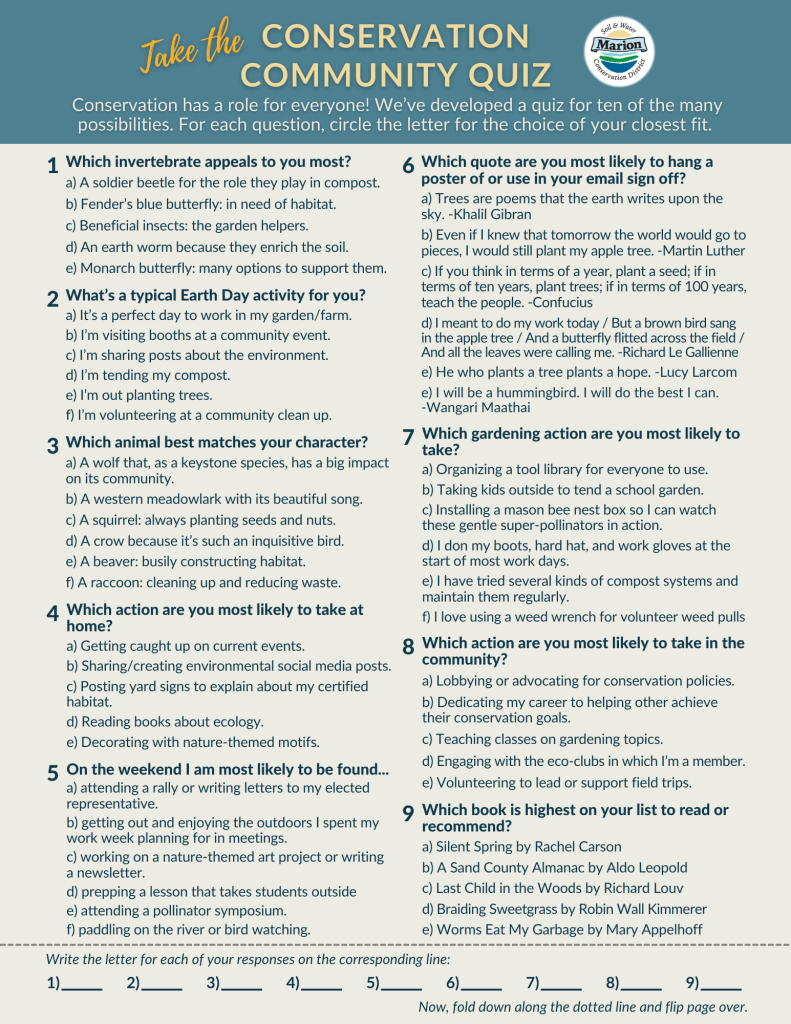
Read the entries on this page when you scroll down or view/download a pdf version of the field guide.
The Change Maker
Habitat
Like water, change makers come in many forms and are found in many habitats. You may encounter them at board room tables, at the Capital, and chatting with community members to better understand the needs of those they serve.
Characteristics
Change makers flow like water, working with the surrounding elements to create vibrant, life-sustaining communities. Change makers are typically attentive to detail, driven, broad-minded, service-oriented, and good at synthesizing information. Because change makers are often in leadership positions, they see the big picture and how the details interconnect. Change makers include advocates, elected officials, lobbyists, and voters.
Meet Dave Budeau
Dave Budeau serves as an elected official in the role of Marion SWCD Director, a position he has held since 2018. As a technical reviewer for our Conservation Assistance Grants, he is able to make the projects more effective in their design, and help the District more strategically invest taxpayer dollars, and help applicants better achieve their intended wildlife habitat outcomes.
One aspect of being a member of the SWCD team that Dave appreciates is that, even with the diverse range of backgrounds and lived experiences the staff and board bring with them, the one thing everyone shares is an interest in management of our finite resources.
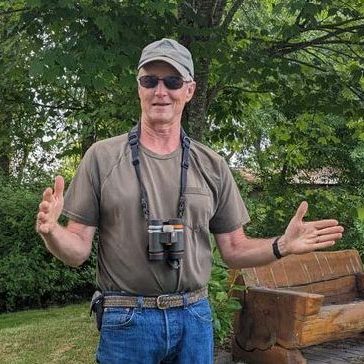
The Communicator
Habitat
Like anadromous salmon contributing to food webs from freshwater streams to the salty ocean, you will find communicators engaging in creative processes across all media formats, informing and inspiring current and future generations. Their creations may be found in art galleries, on the radio, on television or online, in newsrooms, studios, and at community events. Look for their influential work on posters, t-shirts, art prints, podcasts, books, music, and the news.
Meet Aislinn Adams
Characteristics
These artists, authors, musicians, podcasters, and
reporters play an important role in communicating
conservation messages and ecological principles to the broader community. They are expressive folks with the ability to synthesize information and speak to our hearts.
Aislinn is an artist and environmental educator with a passion for plants. What started with an interest in wildflowers grew into a lifetime of environmentally friendly gardening, teaching, and the creation of award winning botanical art.
In 2015, Friends of Silver Falls commissioned Aislinnto create illustrations of 30 native plants commonly found in the park. A large book of these plant ID sheets are on display at Silver Falls State Park South Falls Lodge. Visit aislinnadams.com to view them online. Her work is motivated by the idea that native plants may not be in someone’s sphere of experience, but they might like a card with a pretty plant, and as a result they might start getting curious.
Aislinn encourages fellow communicators not to go it alone – find a community of practice so you can inspire each other and encourage one another to keep going when you get tired.
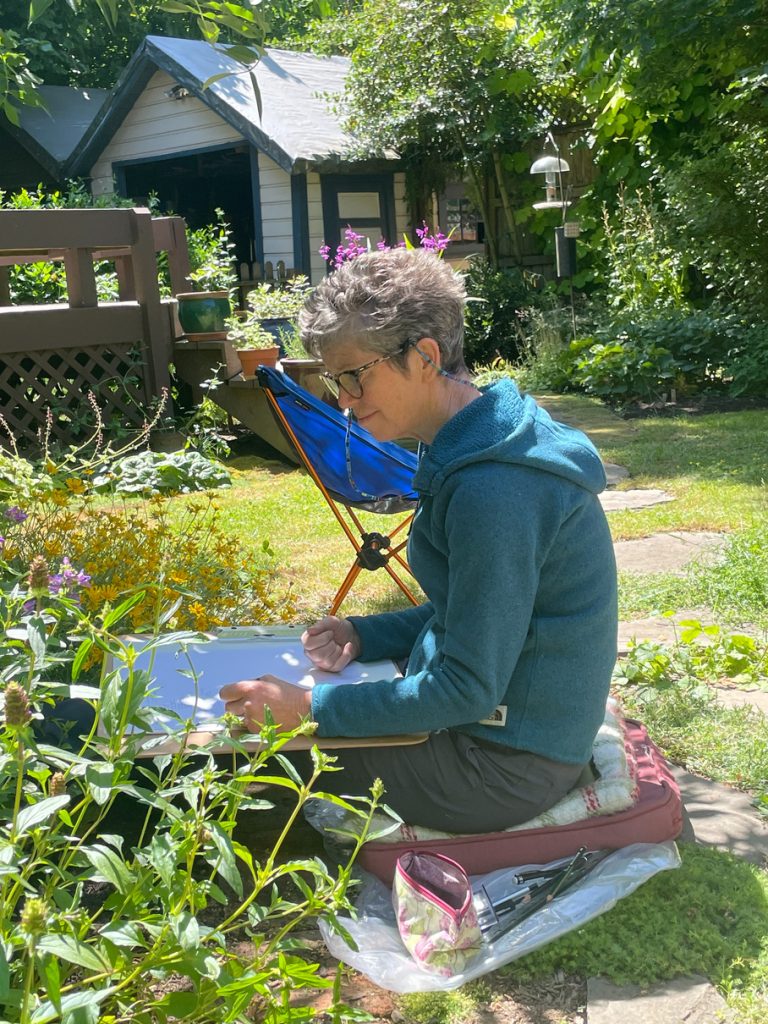
The Connector
Habitat
Conservation connectors are the birds of the conservation community, flying between groups to build partnerships. They work for government agencies, watershed councils, conservation districts, and non-profits.
Meet Les Bachelor
Characteristics
Connectors are passionate, devoted, team-oriented, community-minded, and resourceful. They build relationships and collaborate to enact conservation practices.
Les Bachelor is the District Conservationist for the Natural Resources Conservation Service (NRCS) in Marion County. He has served in this position since 1999 and feels that “staying in one location for many
years has helped [him] be successful…as you end up knowing almost everyone in the county and are accepted as someone who [is] willing to improve their land while building a client relationship.”
Les was named one of 12 Endangered Species Recovery Champions by US Fish & Wildlife Service for his role in de-listing Willamette Chub as an
Endangered Species. He also helped change the face of irrigation efficiency, saving water and reducing energy use by building a successful
Environmental Quality Incentives Program.
His advice for other conservation professionals is not to “be afraid to try new things if your intentions are to work with the land to conserve our natural resources” and to “set your goals to be challenging so you can feel like you’ve accomplished what you have set your mind to.”
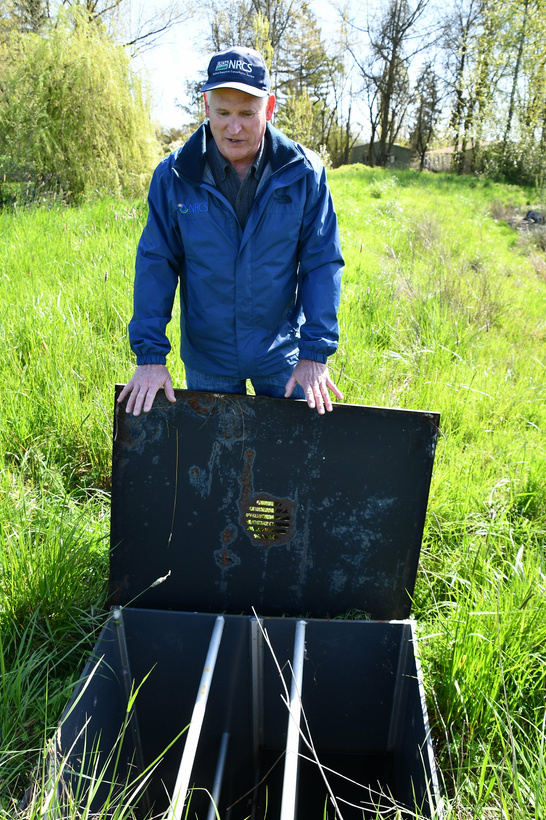

What’s Your Niche?
Take our 9-question Conservation Community Quiz to discover your niche!
The Cultivator
Habitat
Cultivators, like the soil itself, are at the foundation of every habitat, field, and garden. They may be found working hands-on at a restoration site, farm, greenhouse or garden.
Meet Linda Boyer
Characteristics
Cultivators are hard-working, tenacious, energetic,
solutions-oriented community members. Cultivators
include large and small scale farmers, livestock managers, gardeners, landscapers, and nursery workers.
Lynda Boyer is a talented cultivator of native seeds for Heritage Seedlings. She is driven by a commitment to safeguard the imperiled native prairies of Oregon and Washington since these vital habitats now occupy less than 1% of their historical ranges. Lynda’s motivation arises from a firm belief that plants and animals have an intrinsic right to flourish despite the persistent threat of over a century of habitat destruction.
Lynda serves as a model of responsible land stewardship, inspiring fellow nurseries, farmers, and landowners to sow the seeds of a greener future. Lynda has helped strengthen species diversity and genetic resilience in the native seeds she produces, essential for thriving in an unpredictable climate future.
Lynda encourages fellow cultivators to connect to the wild collections to help foster a deeper understanding of the vital role propagators play. Lynda advocates for more people to produce the more difficult species of native seed to help nurture resilience and diversity of prairies.
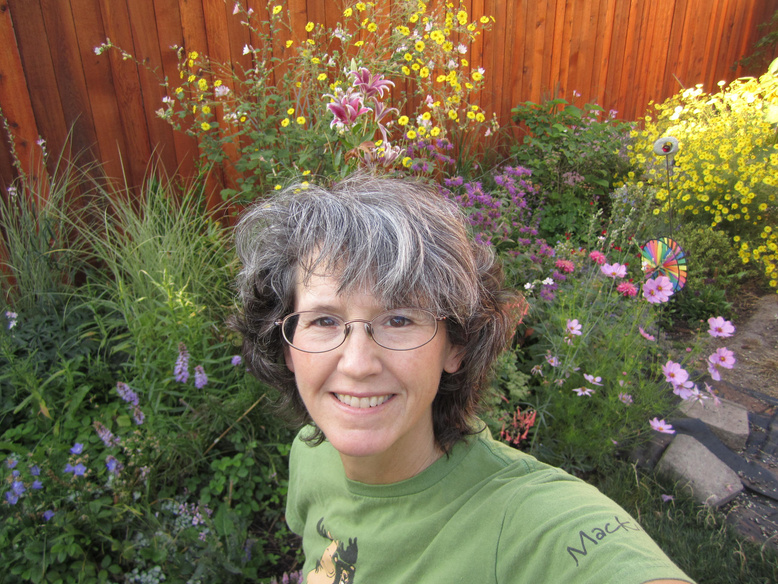
The Educator
Habitat
Educators are the trees of the conservation community; they are often found on school grounds, on field trips, on college campuses, at museums and nature centers.
Characteristics
Educators have a love of learning, are patient and nurturing. They feed the growing minds of curious students. Their enthusiasm and appreciation of the natural world is contagious.
Meet Laurie Aguirre
Laurie is motivated to teach about the natural world by her despair over the current accelerated rate of species extinction and by her hope that, by providing education, youth will become inspired to enact changes to prevent further harm.
Laurie’s award-winning educational efforts include designing a National Wildlife Federation Certified Schoolyard Habitat featuring everything from water features to an outdoor learning area. She has coordinated major tree plantings with students at both Minto Brown and Keizer Rapids Parks.
She encourages other educators to become comfortable with empowering students through experiential, place-based learning models like the 5E Model. She also encourages educators to access the many resources provided by agencies and non-formal educators who participate in the Willamette Valley Environmental Education Group. Contact Heath Keirstead (heath.keirstead@marionswcd.net) to get connected!
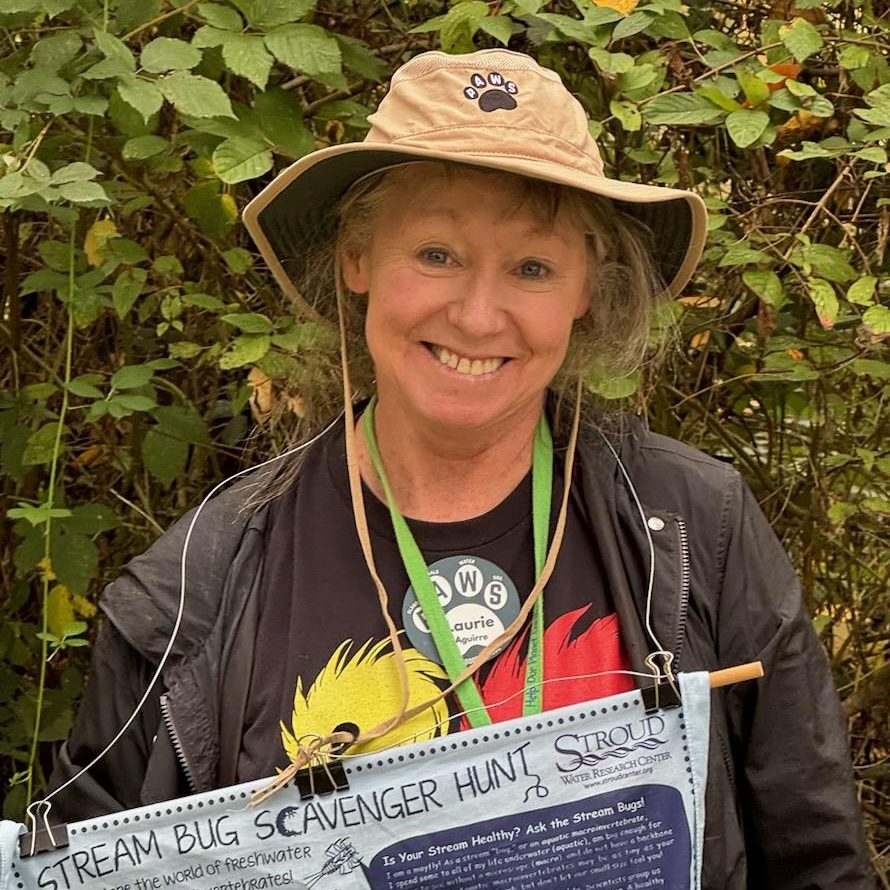
The Lifelong Learner
Habitat
These lifelong learners are usually found in a
classroom, library, or office, at workshops, trainings,
conferences, and lectures.
Characteristics
Like beneficial insects, these community members are curious, engaged, and make connections; cross-pollinating within the circles they travel.
Meet this Jason Marshall
Jason joined Marion SWCD as an intern through SkillBridge toward the end of his 26-year career in the military. Jason’s passion for bringing people and natural resources together was apparent from the start. You could often find him buzzing around the plant sale, Salmon Watch, and site visits talking with has learned over the years.
“Clearly understand your relationship with land and practical conservation solutions will be more apparent,” says Jason. Jason is in the beginning stages of developing a business that will focus on improving fringe and marginal land to act as a buffer to improve water quality.
Turning lessons and experiences into boots on the ground practices in conservation is just one of the many reasons Jason fills the niche of lifelong learner.
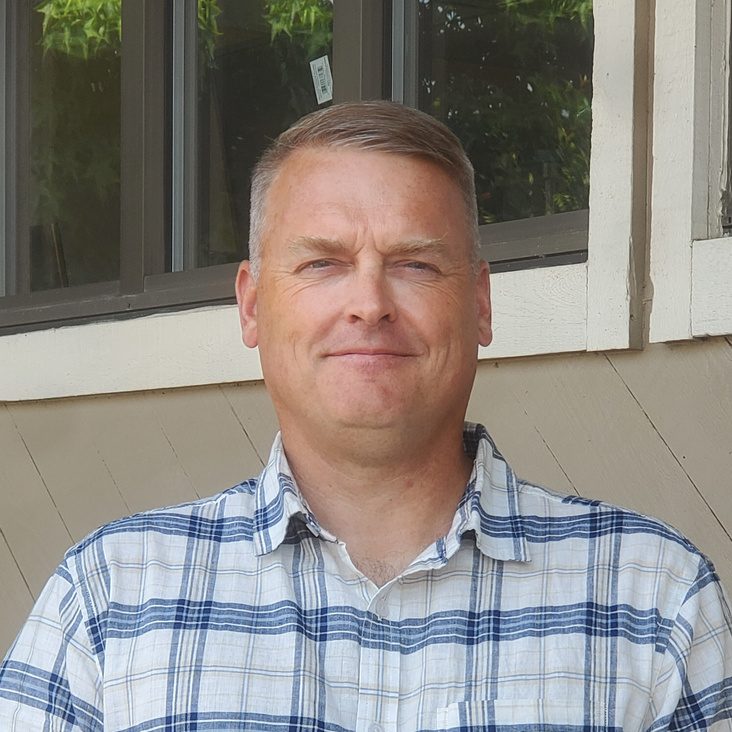
The Nature Enthusiast
Habitat
Flowers are found on hiking trails, fishing or paddling
along the river, biking, enjoying a nature walk with their friends, admiring the fruits of their labor in their garden, and learning about stewardship at group events.
Characteristics
These nature enthusiasts are active, bright, curious,
and passionate about the natural world. They are
busy bird watching, trying new planting methods, and finding ways to appreciate natural settings.
Meet Carolyn Foland
As a daughter of a practicing forester, Carolyn was raised in the backwoods of Oregon traveling most weekends to off road sites. She learned to take care, respect, and enjoy the land for its beauty in its natural state. Carolyn says, “Some of my first memories were of following my Dad up the many steps to the top of the smoke lookout towers in Southern Oregon.
Based on the ethics instilled by her father, Carolyn is working to return as much of her 16 acres of farmland to the original flora and fauna as possible. She has replanted more than 400 Oregon white oak seedlings, restored pollinator and bird habitat in a lowland riparian wetland, released a mature Oregon white oak woodland and re-established native pollinator understory.
She encourages other nature enthusiasts to get native plants in the ground as soon as possible to counter the threats to native bee, insect, and bird populations.
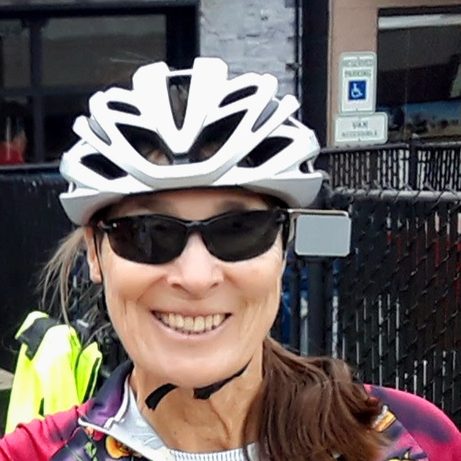
The Practitioner
Habitat
Conservation Practitioners can be found busily working at restoration sites and natural areas, or in greenhouses, plant nurseries, or otherwise in the field with boots on the ground.
Characteristics
Like beavers, conservation professionals are
hardworking, physically active, and team-oriented.
These tenacious conservation community members
optimistically tackle challenges to improve ecosystem functions and habitat conditions.
Meet Rosario Franco
What motivates you to take action? I’m motivated by seeing the results of the work we do. I come from a reforestation family, so I started young and feel connected to the work we do and to the land. I enjoy seeing the changes of a job site. The way it changes from a wall of blackberry, before site prep to different shrubs growing and flowers blooming after a couple years of weed control and plant establishment phases. I am also motivated by education. I started my career at the bottom and worked up, and it’s rewarding to help others learn and feel connected to this work. It’s exciting to see sites I’ve worked on being used as educational opportunities for kids and families.
What are your top accomplishments? I recently hired a group of women from Mexico who came to Oregon to learn ecological restoration through hands-on experience. It was great to see the change this work brought to the women and to their families. They did a great job and were excited to share their experiences and knowledge with their families at home. Another project I’m proud of is Graham Oaks, a park in Wilsonville where I started working on weed management back in 2008. Since then we have planted 200,000 stems of Oregon white oaks and other native trees and shrubs. It has areas of restored prairie, savannah, and oak woodlands. Lots of bicyclists and pedestrians use the park every day. Nearby schools bring kids to the park to learn about ecology. Now we go to do fuels reduction and spot spray invasive plants.
Q; What advice do you have for other conservation practitioners? Get connected and enjoy what you do! We need more restoration contractors and we need them to feel connected to the work and the land. We also need them to help train new contractors so we can get more work done. There are lots of opportunities to get involved in this field. For example, Lady Vegetation Maintenance, Inc is a woman-owned and -operated restoration company in the Salem area.
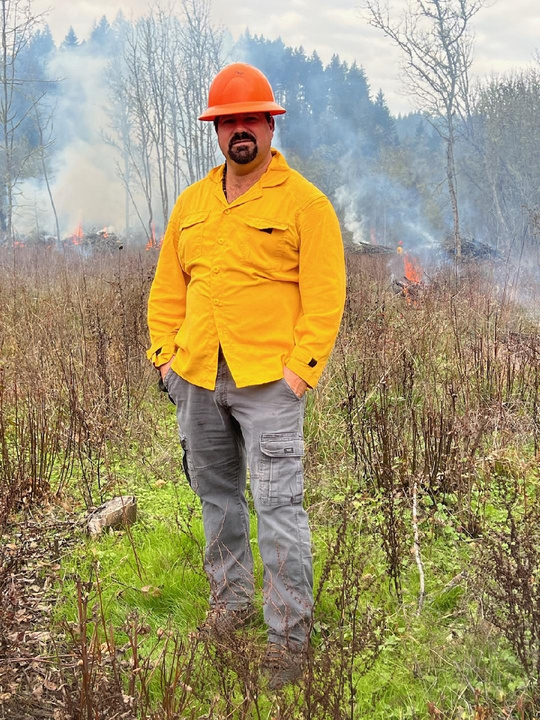
The Remediator
Habitat
Remediation specialists are like fungi that unlock nutrients for reuse in the food web, and can be found working at recycling centers, compost facilities, and waste water treatment plants. They are also busy helping with recovery of disaster sites, burned areas, on farms, and in gardens.
Characteristics
These community members are industrious, hands-on, down to earth, and often work behind the scenes. They are likely to have a background in the sciences and a passion for the interactions between biology and chemistry.
Meet Julia Finley
Julia Finley is a Soil and Environmental Specialist with Highway Fuel Company. She is motivated “to help keep compostable materials out of landfills as they do not belong there. Organic materials in landfills end up being decomposed anaerobically (without oxygen) which produces methane, a greenhouse gas. Composting mimics nature’s method of decomposition which is aerobic and capable of capturing carbon.”
One of her proudest accomplishments is the creation of “a locally available biologically active compost that can be used in soil blends and in water quality mixes…used to prevent erosion and treat storm-water runoff.” The use of this compost helps promote soil health because, as Julia puts it, “For soil to be healthy, it needs to have a diverse community of soil food web organisms that break down organic matter, improve soil structure, and create a fertile environment for plants.” Her advice for other conservation professionals is to learn as much as you can about the soil food web and how its benefits including:
- increasing yields without fertilization.
- reducing irrigation demands.
- increasing weed suppression and carbon sequestration.
- providing protection from pests, diseases, and erosion.
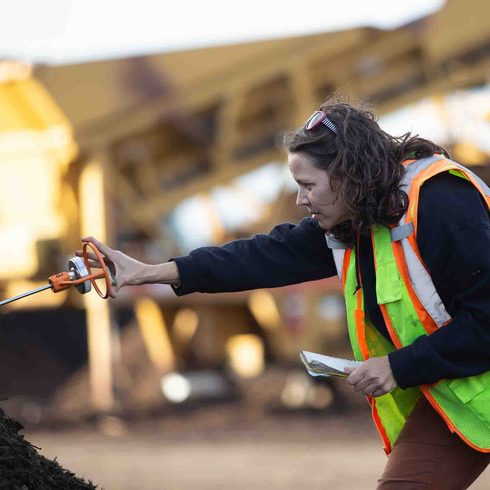
The Volunteer
Habitat
Volunteers are the rays of hope, shining their light at
community events, sharing information as volunteer
instructors and authors, and behind the scenes making things happen.
Characteristics
Volunteers are altruistic, passionate, forward thinking, community-minded and generous. Their enthusiastic dedication stems from a genuine belief in the causes to which they contribute.
Meet Stephanie Hazen
Stephanie believes ordinary people hold the key to the planet’s future. This belief motivates her to make choices with a light impact and improve the world where she can.
Since 2017, Stephanie and her husband, Ray Temple, who are big supporters of monarch butterflies, have dispersed thousands of native milkweed plants grown and sometimes donated by Lynda Boyer of Heritage Seedlings. Another way Stephanie and Ray have volunteered is by hosting speakers with actionable conservation messages for Salem Audubon meetings.
Stephanie currently serves as the Marion County Master Gardener Association’s Educational Representative, arranging tours, developing videos and presentations, and coordinating a Pollinator Symposium
with a free native seed giveaway.
To other volunteers, Stephanie says, “Find what you like to do, and tailor your knowledge and abilities to share with others. Do what you can do where you are. If you are serious about a subject and do your homework you will likely know more about it than most of the people you meet.”
